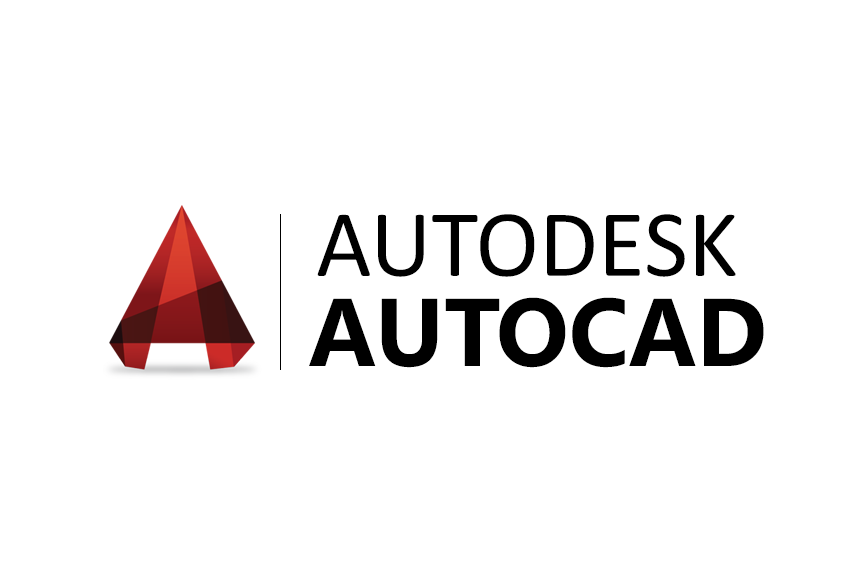Mechanical engineers rely on computer-aided d for most of their drafting. Most of the products we see around us use principles of CAD/CAM to generate prototypes. The world would not have so many innovative products, buildings and manufacturing tools if not for CAD. But who came with an idea to use computers for drafting? How did the Engineering Graphics we know, evolve to the stage is it has reached now? So, read on to know more about the success story of computer-aided design.
About the Creator
The American computer scientist, Patrick J. Hanratty, is commonly called the Father of CAD/CAM. He founded and served as the President of Manufacturing and Consulting Services Arizona. As per records, more than 70% of the CAD software we use now, is linked to Hanratty’s works.
Patrick J. Hanratty discovered his love for programming by accident! After serving his country during the Korean War, he returned home to figure out his future. One day, while going through the newspaper, Hanratty saw an ad for programmers in San Diego. He took up the offer and was hired at General Dynamic’s Convair Division, picking up programming along the way.
Hanratty earned a PhD from the University of California for his work on magnetic ink character recognition. He then worked for General Electric during the 1950s. In 1957, he wrote one of the first numerical control languages called Pronto. Further, in 1961 he switched to General Motors Research Laboratories. It was here that he helped in developing Design Automated by Computer. Later, he used GE’s equipment to standardise the characters used on bank checks. The American Bankers Association adopted this system in 1958, and their E-13B font is a standard in the industry.
Founding a Design Company
He found ICS in the 1970s as his first venture. Their first product was a CAD/CAM drafting tool which needed a computer few people owned. Also, the program for the tool was in TPL, a complicated language. He tried again in 1971, founding Manufacturing and Consulting Services. MCS wrote their software using Fortran, and their tools ran on most computers.
He named the product Automated Drafting and Machining, switched to AD-2000, and then Anvil-4000. Some of their famous clients were Computervision, Gerber Scientific and McDonnell Douglas. Furthermore, MCS built most of the popular CAD/CAM packages we use now. These include Auto-Grapl, Autosnap 3D, and Intelligent Modeler.
History of CAD
The CAD we know and love today is based on both PRONTO and Ivan Sutherland’s SKETCHPAD. Both these tools demonstrated the feasibility of computer-aided technical drawing. The initial CAD systems worked like replacements to drawing boards. Designers still used splines and arcs to create their drawings, but their productivity increased. Nevertheless, such modifications made CAD more affordable and user-friendly.
With the release of MAGI’s Syntha Vision, 3D features became popular. The sixties saw the rise of solid modelling and NURBS, which came in 1989, made solid modelling an industry standard. CAS Berlin developed NöRBS, a NURB-based PC software in 1993, and changed the industry forever. The 1980’s witnessed the development of parametric modelling. This led to a more intuitive, user-friendly and price method of modelling.
Present Day CAD
Most industries now rely heavily on computer-aided design and manufacturing software. They find use in almost all stages of design and production, and also help in engineering analysis. The systems have undergone massive changes, and simple desktops have replaced the bulky workstations. 3D Modelling is no longer a luxury, but rather a gold-standard and wire-frame models are rarely used anymore.
The application of computer-aided design has grown in recent years. It is not just a part of the design process anymore. But rather finds use in applications such as Google Maps to create outlines and plans of buildings. Also, Finite Element Analysis has grown to become the industry standard when it comes to engineering analysis. The structural integrity of all designs is tried and tested using this method.
Hanratty was an early pioneer of NC and CAD/CAM and changed the way the industry worked. If not for him, we would still be relying on physical drafting tools to design products. From being something used by a wealthy few, to becoming an industry-standard, CAD has come a long way. The future looks bright for the software, as more and more researchers work to innovate and improve the field.

Being a cinephile with a love for all things outdoorsy, Athulya never misses a chance to chase inspiring stories or poke fun at things, even when the subject is herself. Currently pursuing a degree in mechanical engineering, she is someone innately interested in technical and scientific research. Music reviews and op-eds define her as they allow her to explore different perspectives. Though sometimes she thinks she makes more sense playing the guitar than she does while writing.
